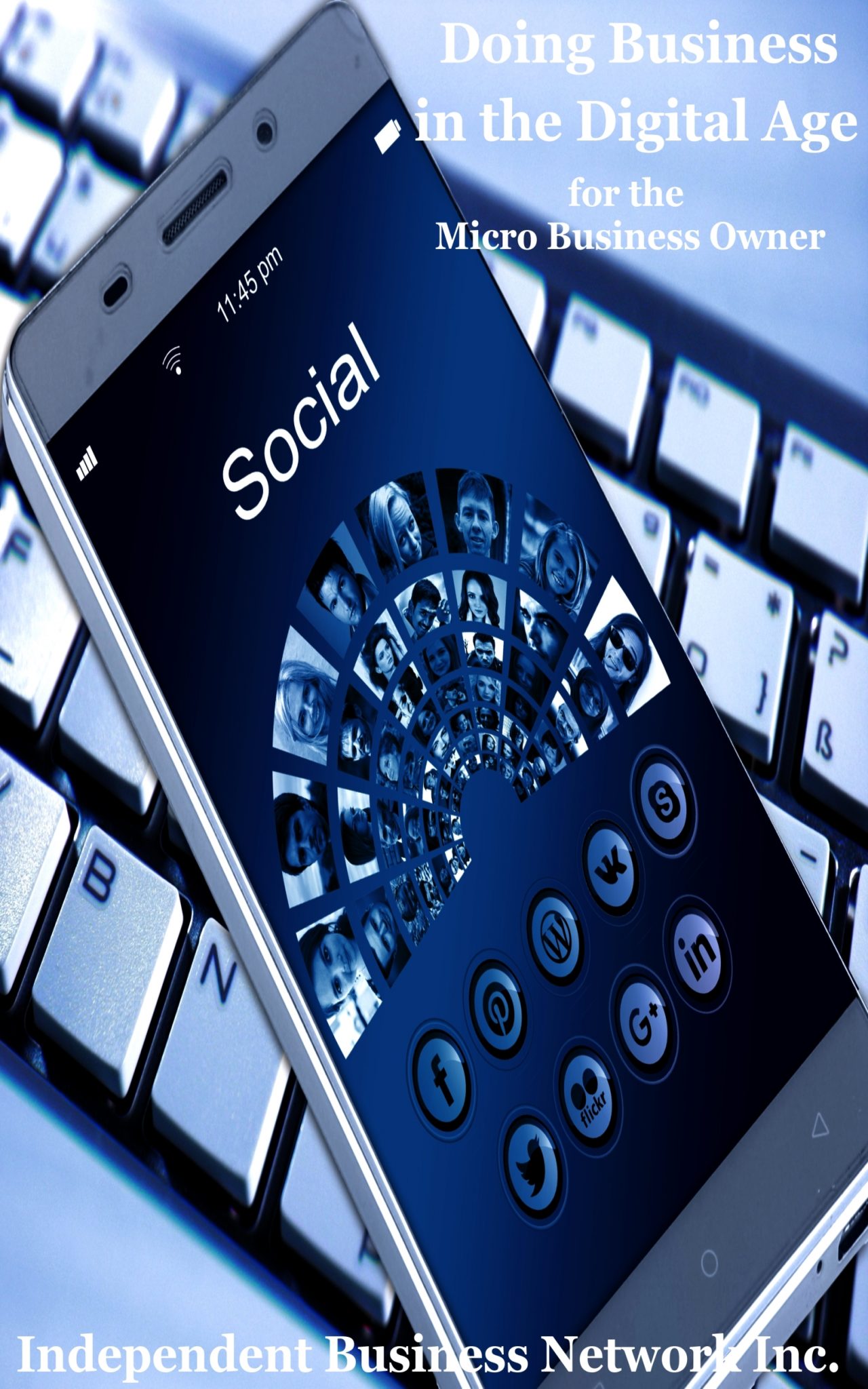To become an effective copywriter for the Web, the first thing you need to learn are the major differences between online and offline copywriting.
Who Reads It?
Offline copies are printed on various materials, and they’re something that some people may read just to pass the time. With no expectations, offline readers can afford to be more patient and forgiving.
Online copies, however, don’t have that luxury. More often than not, Internet users have a reason for visiting a website and they definitely have expectations when it comes to reading any online copy. And since they know what they want and what to look for, they’re more inclined to be impatient and wouldn’t hesitate to switch to another article if what they’re currently reading proves to be unsuitable.
One Chance from Start to Finish
Again, certain situations in the offline world give readers no chance to be choosy. Reading from a single magazine limits them to the contents of the magazine. If there are no other magazines available and they need to acquire certain information or, once again, they’re desperate to pass the time, they have no other recourse but to read the magazine from start to finish.
Second chances are rare for online copies and as such, you need to make every word powerful and significant from start to finish, beginning with your headline and until you finish your call to action.
Switching from one copy to another is also easier for online readers. With search engines more than ready to supply them with the next best link if your copy proves to be inadequate, the only way to keep their attention is by making every sentence worth their time.
Cost
Offline copywriters may occasionally have to worry about the costs of printing their works in a certain format. Too many paragraphs as well as larger fonts could make the cost of publishing escalate in an alarming rate, and for this reason, they’re forced to make adjustments, which are not always favorable to readers, to their works.
Online copywriters, in this case, stand to gain more from their line of work. Since text weighs little in terms of bytes, formatting rarely make a substantial difference to their work. As a result, they can afford to make more paragraphs and keep it short – exactly the way their online readers like it. Having large fonts aren’t a problem either. Indeed, they can change the color of the text and suffer from no additional cost.
Skimming
Online readers have a habit of skimming, and they do it more frequently than their offline counterparts. Web copywriters will, of course, have to adjust their work accordingly.
Skimming makes optional formatting techniques in offline writing necessary in online copywriting. Subheadings are one of them. Their presence ensures that online readers are still able to comprehend the gist of the copy even if they’re skimming. If you can supply one subheading for every paragraph, that can only work to your favor!
Now that you’re aware of the differences between online and offline copywriting, you can apply what you’ve learned the next time you write an online copy. These newfound tips may make writing more difficult at the start, but rest assured they come with greater rewards!
Remember to double-check for errors before uploading your work. Good luck on keeping the attention of your readers!
For more great copywriting tips check out Power Copy Club – an online membership site where members learn how to master the art of sales copywriting and ad creation, how to create short copy, long copy and how to do video sales letters the right way. As a special for our valued readers and site visitors, we have secured a complimentary FREE Lifetime Silver Membership Pass to Power Copy Club. This membership is normally valued at $47, but you can access it for FREE today by clicking here: Power Copy Club Free Lifetime Silver Membership Pass.
InternetAdworks

